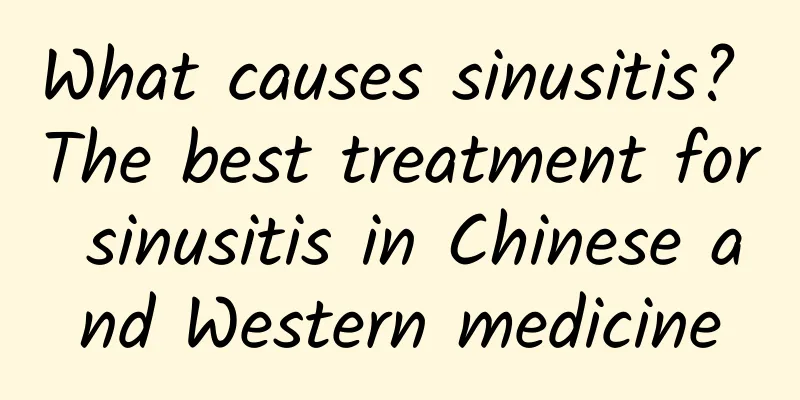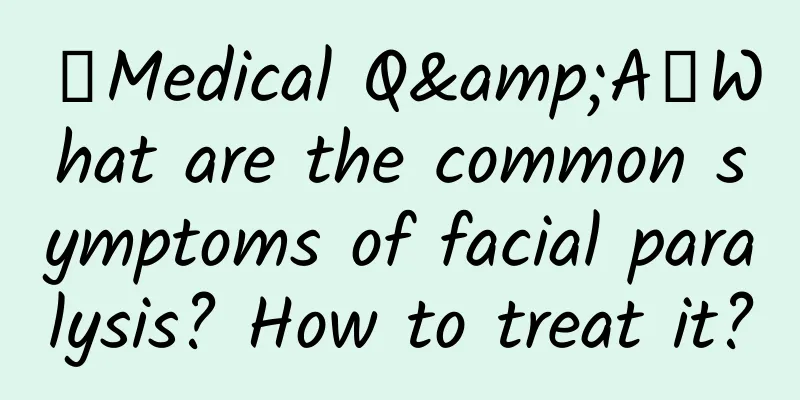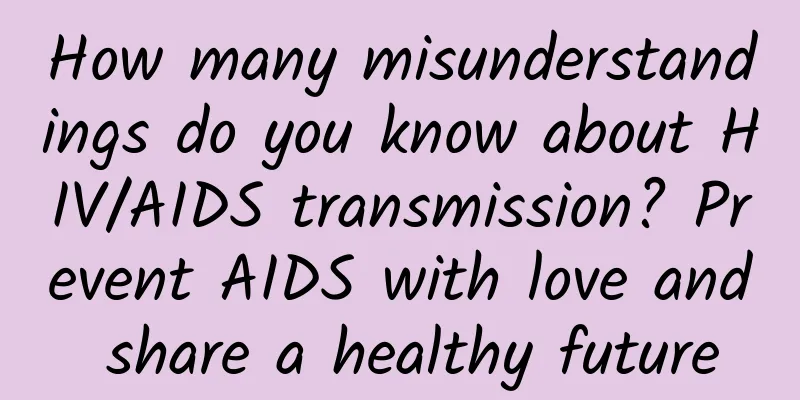What causes sinusitis? The best treatment for sinusitis in Chinese and Western medicine

|
Sinusitis is a common disease. When it occurs, the five senses of a person will be greatly affected. The clinical symptoms of sinusitis vary and are extremely harmful. Sinusitis brings great pain to patients' work and life. If sinusitis is not effectively treated for a long time, most of them may transform into nasopharyngeal cancer, so patients with sinusitis should be vigilant. Early diagnosis and early treatment should be achieved. Pathological classification of sinusitis :Sinusitis pathological classification 1 : Acute sinusitis often causes nasal congestion, increased purulent nasal discharge, decreased sense of smell and headache after a cold. The anterior sinus (maxillary sinus, frontal sinus, anterior ethmoid sinus) is inflamed and the headache is located in the forehead; the posterior sinus (posterior ethmoid sinus and sphenoid sinus) is inflamed and the headache is located in the top of the head or the back of the head. The headache symptoms of different sinusitis are also different. For example, people with frontal sinus inflammation often have a headache in the forehead shortly after getting up in the morning, which gradually worsens and relieves in the afternoon. Acute sinusitis patients may have fever and general discomfort. Sinusitis pathological classification 2 : Chronic sinusitis is often caused by the failure to completely cure acute sinusitis or repeated attacks. Common symptoms include: purulent mucus, severe nasal congestion, olfactory impairment, dull headache, swelling and pain at the root of the nose, toothache, sputum, sore throat, and tinnitus, deafness and other symptoms. What causes sinusitis ?1. Reduced overall body resistance, such as excessive fatigue, cold and dampness, malnutrition, vitamin deficiency, and poor living environment. 2. Allergic constitution, systemic diseases such as anemia, endocrine dysfunction (such as hypofunction of the thyroid, pituitary gland and gonads), acute infectious diseases such as influenza, measles, scarlet fever, diphtheria, etc. can all induce the occurrence of this disease. 3. Some nasal diseases, such as deviated nasal septum, hypertrophy of the middle turbinate, nasal polyps, allergic rhinitis, nasal foreign bodies or nasal tumors, can also cause sinusitis. 4. Adjacent lesions, such as tonsillitis or adenoids hypertrophy, infection of the roots of the maxillary second bicuspids and the first and second molars, damage to the maxillary sinus wall during tooth extraction, or caries roots falling into the maxillary sinus can also lead to sinusitis. 5. Others, such as sinus trauma and fracture; improper diving posture when swimming (such as standing diving), or improper nose blowing after diving and swimming, sewage entering the sinuses; nasal packing left in the nasal cavity for too long; rapid descent from high altitude, the sinus cavity and the outside world form a relative negative pressure, and nasal secretions are inhaled into the sinuses, etc. can also cause the disease. About the pathological causes of sinusitis in Western medicine :The sinuses are some air-filled cavities surrounding the nasal cavity in the skull and facial bones, including the maxillary sinus, frontal sinus, ethmoid sinus and sphenoid sinus. Sinusitis refers to purulent inflammation caused by pyogenic cocci infecting the sinus mucosa, which can be acute or chronic. Acute sinusitis is an acute purulent inflammation of the nasal mucosa. It can affect one sinus alone or several sinuses at the same time. If acute sinusitis is not treated properly or recurs repeatedly, it can lead to chronic sinusitis. Most of the cases are caused by colds and flu, low body resistance, other nasal diseases that often cause nasal obstruction, improper swimming and diving methods, and rapid changes in air pressure (such as flying, diving, etc.) can all lead to the occurrence of this disease. Maxillary sinusitis caused by the spread of tooth root infection is called odontogenic maxillary sinusitis, which is also a type of sinusitis. About the pathological causes of sinusitis in traditional Chinese medicine :The nose is a clear orifice and the gateway to the lungs. Its smooth breathing and sensitive sense of smell all depend on the nourishment of the clear yang. Sinusitis belongs to the category of "nasal sinusitis" and "brain leakage" in traditional Chinese medicine. Sinusitis is mostly caused by weak qi, invasion of external evil, evil entering into heat, burning and rotting, pus, retention in the empty orifices, diffusion and emptying, unclear clear and turbid, occlusion of the orifices, leading to nasal congestion, runny nose, headache, mental stagnation, physical fatigue, and easy to catch external infection. After the external infection, sinusitis worsens, so it is a cause and effect, and it recurs repeatedly. In this pathological mechanism, phlegm and pus are both pathological products and new causes. Therefore, clearing phlegm and pus and eliminating the source of phlegm and turbidity are the key to curing this disease. Therefore, raising the clear and lowering the turbid is the most effective and fundamental treatment principle. How should sinusitis be treated ?The main symptom of sinusitis is air blockage, so sinusitis should be treated with local membrane retractants, such as 1% ephedrine or nose drops, combined with 0.15% berberine or 0.5% chloramphenicol liquid to apply to the nose for anti-inflammatory treatment. The number of times a day to apply the medicine is based on maintaining ventilation. If ventilation cannot be maintained after medication, surgical treatment such as turbinate resection or electrocautery is required. Sinusitis is a purulent inflammation in the sinuses, mainly characterized by purulent nasal discharge and headache. In addition to the use of nasal membrane retractants, antibiotics should be used to eliminate bacterial infections in the sinuses, or maxillary sinus puncture should be performed. If necessary, radical sinus surgery should be performed. In radical sinus surgery, functional endoscopic sinus surgery can completely remove lesions due to the good illumination of the endoscope, and retain the normal mucosa and structure of the nasal cavity and paranasal sinuses as much as possible to form good ventilation and drainage. Nowadays, minimally invasive endoscopic technology without surgery has been widely used in clinical practice. 1. Available Western Medicines1. Acute suppurative sinusitis : (1) Antibiotics or sulfonamides: Adequate doses to control the infection and prevent it from becoming chronic. (2) 1% ephedrine saline: nasal drops, 1-2 drops each time, twice a day. (3) Sedative analgesics: used for those with severe headaches. 2. Chronic suppurative sinusitis : Local treatment is the main treatment, and vasoconstrictor nasal drops can be used, such as 1% ephedrine saline, nasal drops, etc. Dexamethasone, betamethasone, etc. can be added to the nasal drops. It should be noted that nasal drops should not be used for a long time to avoid drug-induced rhinitis. 2. Available Chinese patent medicines1. Lung meridian wind-heat type : (1) Jintong Biyan Water: For external use, 2-3 drops at a time, 3-4 times a day. (2) Danxiang rhinitis tablets: Adults take 4-6 tablets each time, 3 times a day, with warm water. Children take half the dosage. (3) Biyuan Pills: Take 12 pills each time, 3 times a day, with warm water. (4) Xanthium sibiricum Rhinitis Capsules: For oral administration, please take according to the instructions of this product. (5) Rhinitis Pills: 6g each time, twice a day, with warm water. (6) Chrysanthemum tablets: 2-4 times each time, 3 times a day, with warm water. (7) Xinping Granules: Adults take 1 bag each time, 3 times a day, with boiled water. Children should take a reduced dose. (8) Bitong Pills: Take 1 pill each time, twice a day, with warm water. (9) Biyuanshu oral solution 3. Massage therapyMassage area : 1. Reflex zones on the soles of the feet: frontal sinus, head (brain), pituitary gland, cerebellum and brain stem, nose, lungs and bronchi, celiac plexus, thyroid gland, parathyroid gland, adrenal gland, kidney, ureter, bladder, insomnia point, and gonads. 2. Reflex zone on the outside of the foot: gonads. 3. Reflex areas on the dorsum of the foot: maxillary, mandibular, tonsils, larynx and trachea, thoracic lymph glands (thymus), upper body lymph nodes, and lower body lymph nodes. Commonly used techniques : 1. Reflexology zone of the sole of the foot: thumb point method, index finger interphalangeal joint point method, pressing method, index finger joint scraping method, thumb pushing method, rubbing method, fist tapping method, etc. 2. Reflex zone of the outer side of the foot: scraping method of the outer edge of the index finger, pushing method of the thumb, tapping method, etc. 3. Reflex zone of the dorsum of the foot: thumb tip method, index finger interphalangeal joint point method, index finger push method, thumb push method, etc. In addition, massage Yingxiang point, Shang Yingxiang point and Nei Yingxiang point 30 times a day. You can also use a micro rhinitis treatment instrument to massage Bitong point. Both have therapeutic effects. |
Recommend
Small breasts mean longer life. Uncover the secrets of women's breast health
People think that women with full breasts are mor...
How to care for girls during menstrual period
Prepare brown sugar ginger water in advance. Brow...
What medicine should I take for menstrual pain?
Dysmenorrhea is a very common phenomenon in life....
Dialogue between breast milk and genes: the past and present of lactose intolerance in Chinese infants
Lactose intolerance is a common health problem fo...
Why is a woman's face swollen?
In daily life, most women have facial swelling. W...
Can pregnant women drink eight-treasure porridge?
Mothers should pay close attention to their diet ...
The impact of anemia may be greater than you think! How to self-diagnose whether you have anemia?
Author: Han Bing, Chief Physician, Peking Union M...
#千万IP创科普# How to prevent seasonal respiratory diseases | Silver Age Science Popularization
Pay attention to the life of the elderly and watc...
Can I still use test strips for threatened abortion?
For situations such as threatened miscarriage. Fr...
Can't drink milk when taking antihypertensive medicine? Stay away from these 5 foods!
With the acceleration of the pace of life and cha...
vaginalis positive
When women undergo gynecological examinations, if...
How to delay menstruation
Menstruation is an important part of women's ...
Can sweating cure postpartum disease?
Many people are particularly careless during the ...
Will taking emergency contraceptive pills three times affect pregnancy?
There are many types of contraceptives, one of wh...
Is progesterone an estrogen?
Progesterone is a hormone secreted by the human b...









